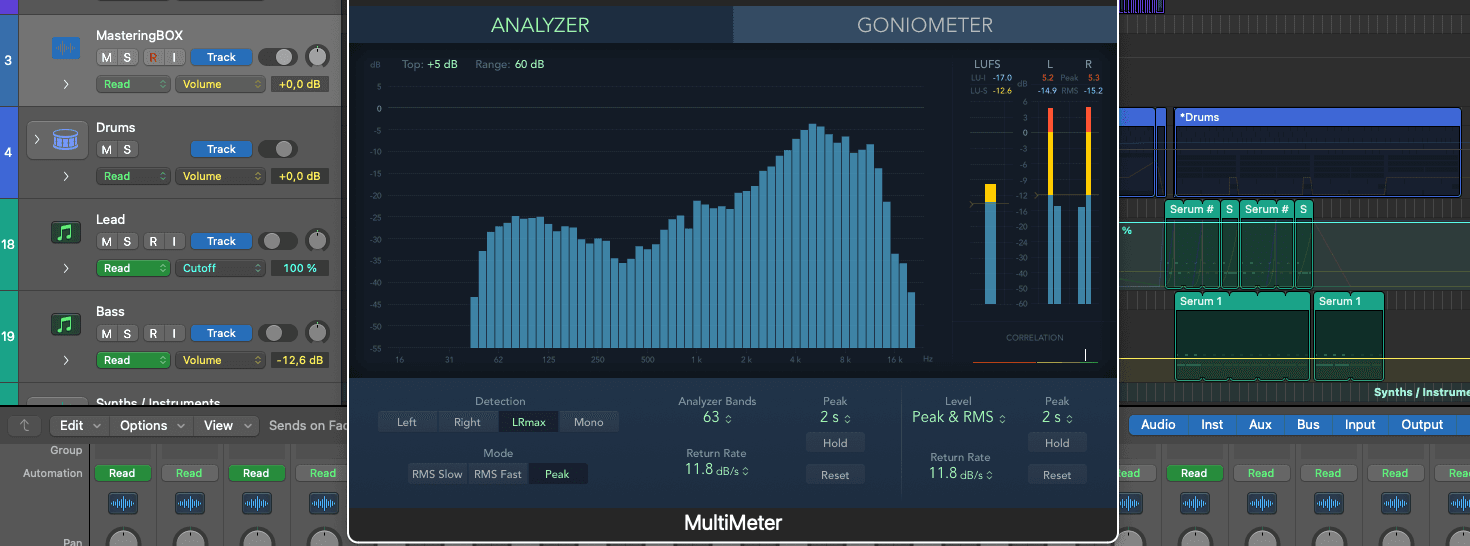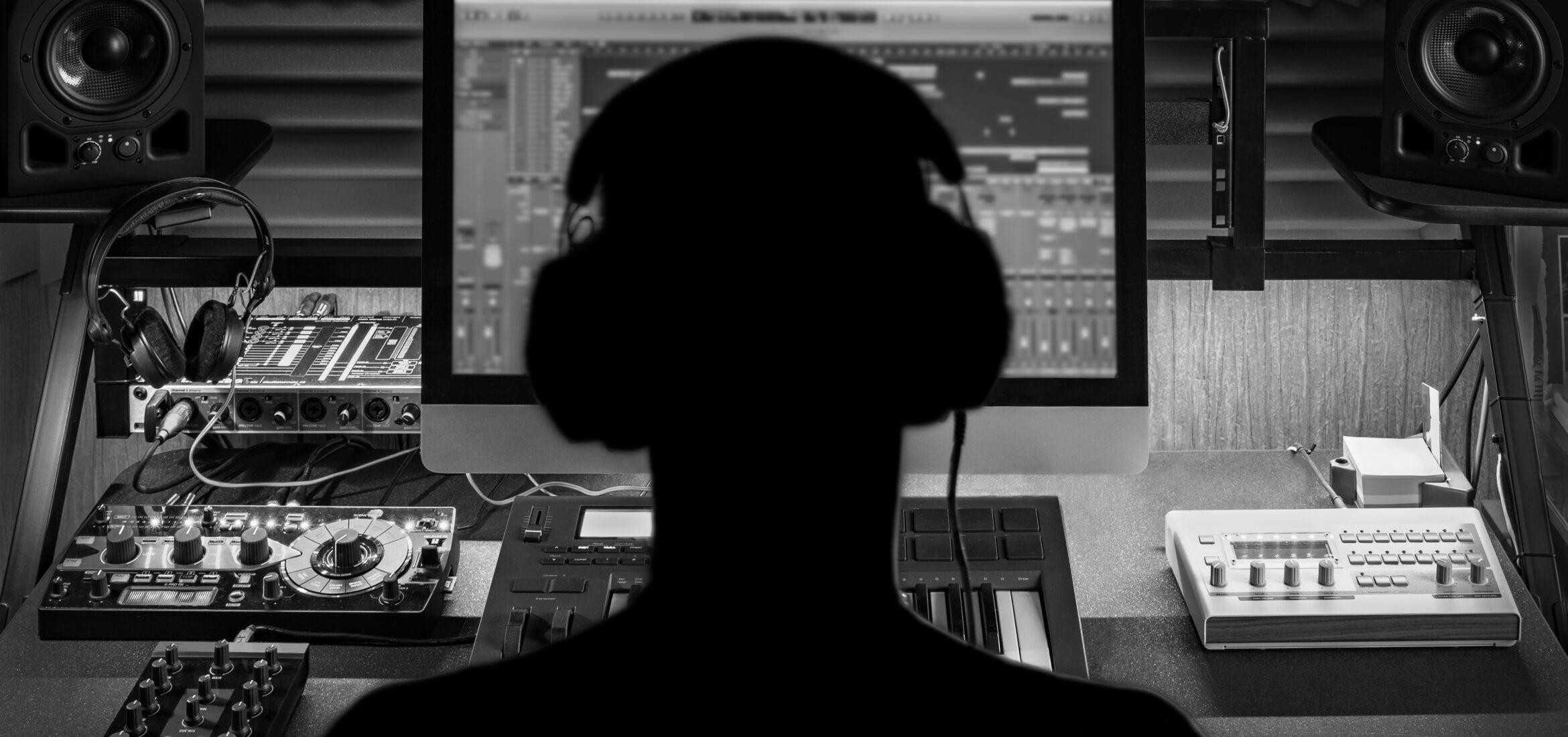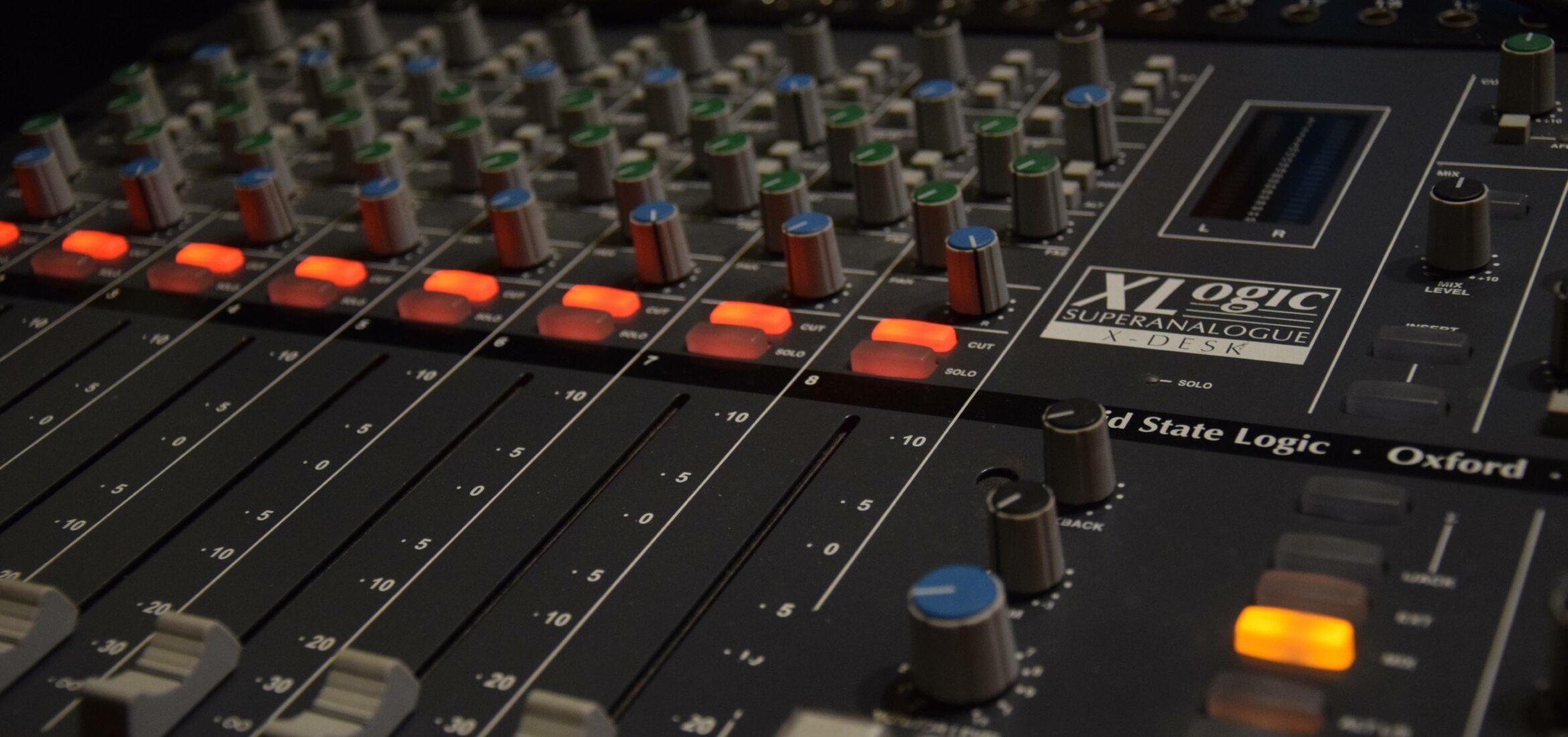This is a topic that I believe will be helpful to novices and even some intermediate producers. We all know that the general workflow of any project usually starts with getting our music into the project. However, when we do this, we often don’t concern ourselves much with nuances such as adequate frequency arrangement. All we care about is getting the track or loop that we will build the song around to sound as powerful as possible. While that is a very important part of the creative process, utilizing some of these simple tricks can help you improve at quick mixing.
The Frequency Spectrum
Understanding the foundations and natural laws of the frequency spectrum will help you get a quick mix quickly. As you probably know, different instruments and sounds occupy different positions on the spectrum. Knowing where the most commonly used ones are is very important to the process of putting together a quick mix.

Let’s discuss how to eliminate some “dirt” that might be in a female vocal recording. The easiest way to gain more clarity would be to simply cut all of the low-end frequencies. Once you’ve done this, it will remove any excess noise in that track. This will immediately discard unnecessary frequencies without altering the sound of her vocals.
These rules apply to just about anything you can find in your audio project. The type of instrument or how the recording was made can make a huge difference in the process. If you are using a VST synth, it will probably be very sterile and, not to mention, clean, so you won’t have to do much cleaning.
Getting good at Quick Mixing
The best way to start cutting out the “dead areas” of the spectrum is by using Filters or subtractive EQ. You can cut out most of the noise by using a high pass coupled with a low pass filter. Using shelving EQ parameters to get rid of the most prominent problems in the low and high-end frequencies.
Attenuating the most problematic frequencies on both ends is the first step. Using your EQ to filter through the frequencies can help pinpoint more problematic areas. Reverberation caused by the room in which the recording was made can create a lot of unwanted noise in addition to distortion. Cutting out dead areas where sound shouldn’t be present on the spectrum creates room for the other frequencies. Understanding music theory can be very helpful here. Sometimes you won’t even have to listen to what you’re attenuating; you’ll simply do it naturally by knowing the function the sound serves.

Conclusion
Achieving a quick mix allows you to have a much successful project overall. It allows you to layer your sounds and arrangement in addition to even greater accuracy and clarity. However, a fast mix still is only a rough mix and that’s it. If you want to get even more out of your mixing practice be sure to check out these 7 Mixing Mistakes made by professional producers, not to mention amateurs.
Laisse un commentaire
Connecte-toi pour commenter.


